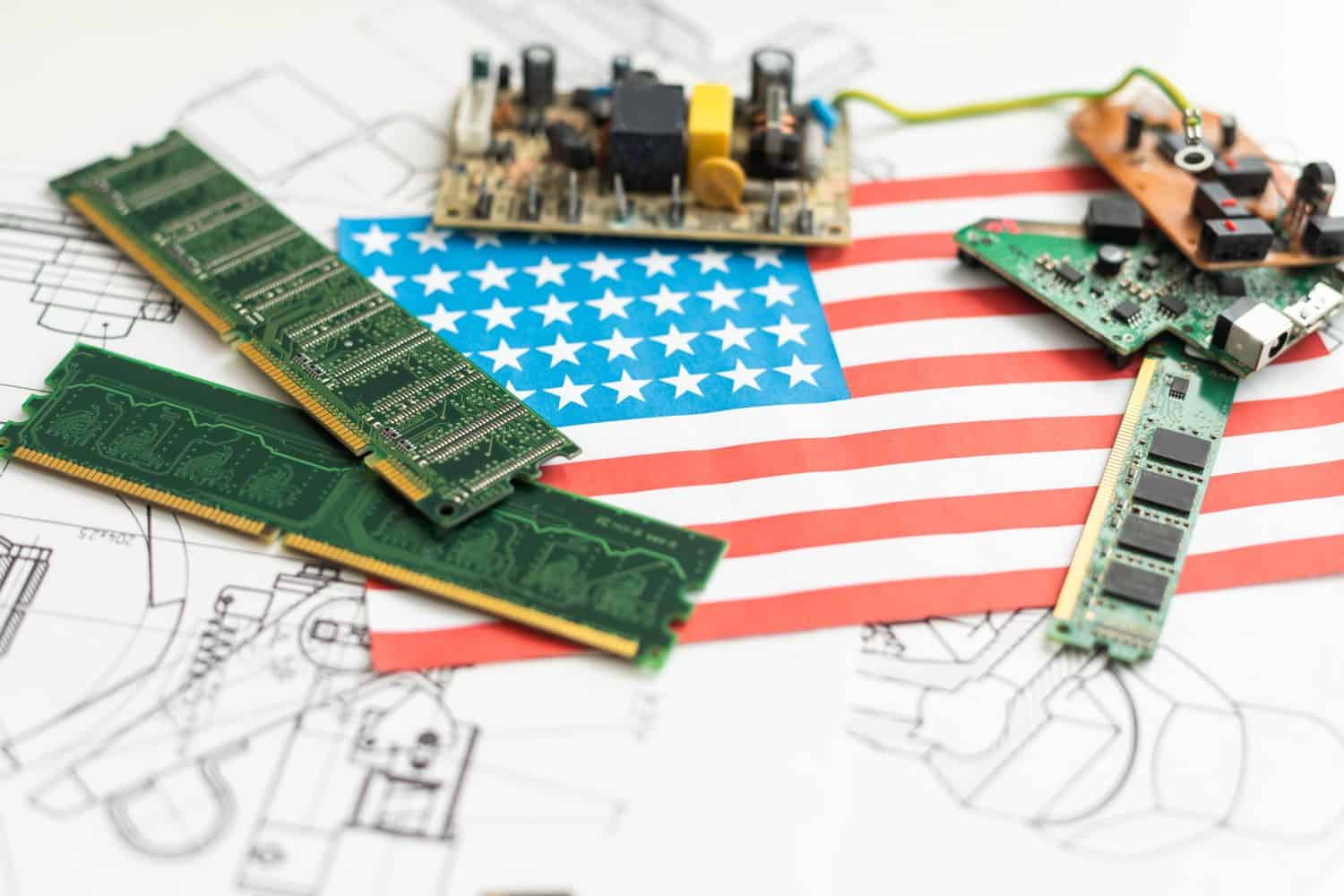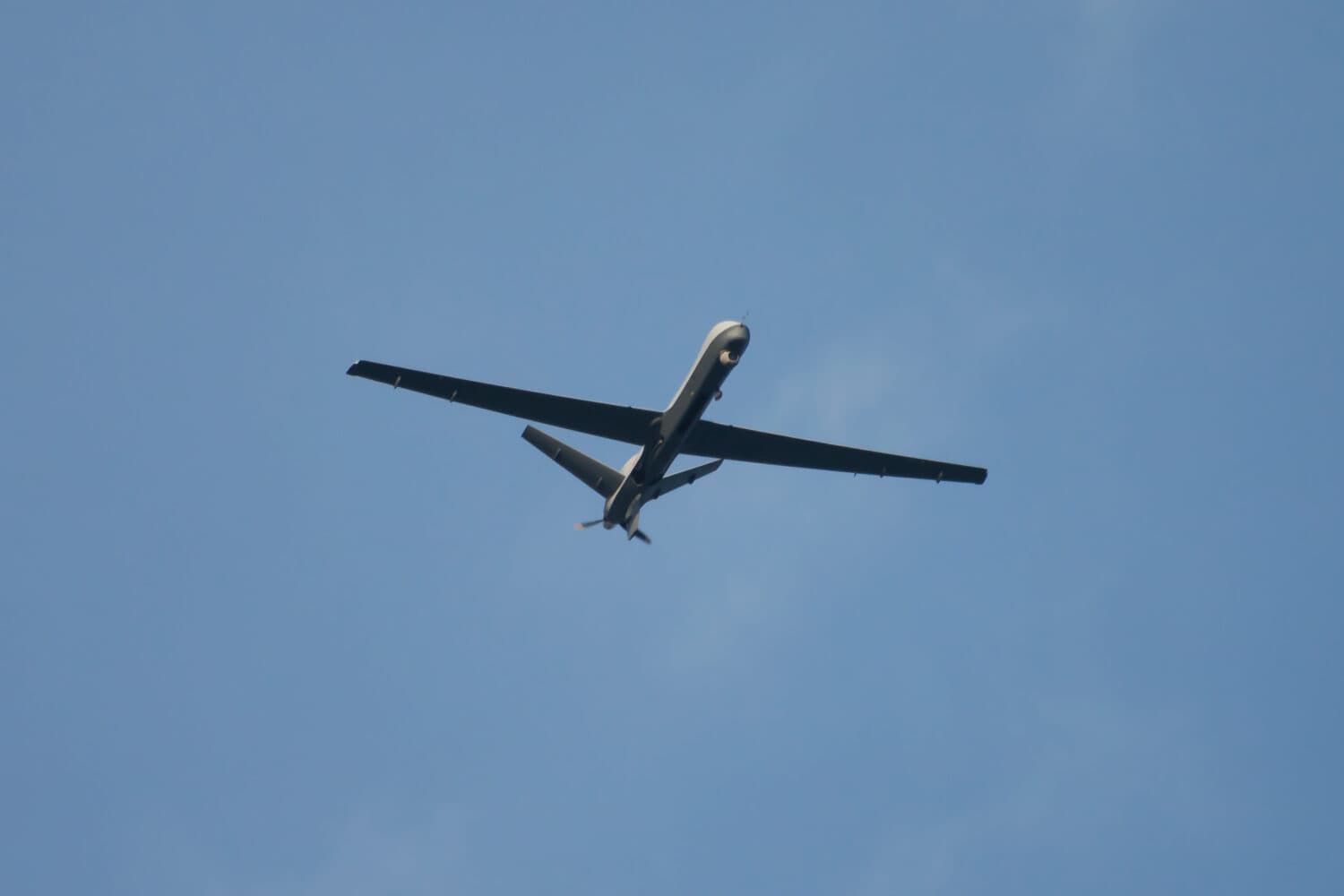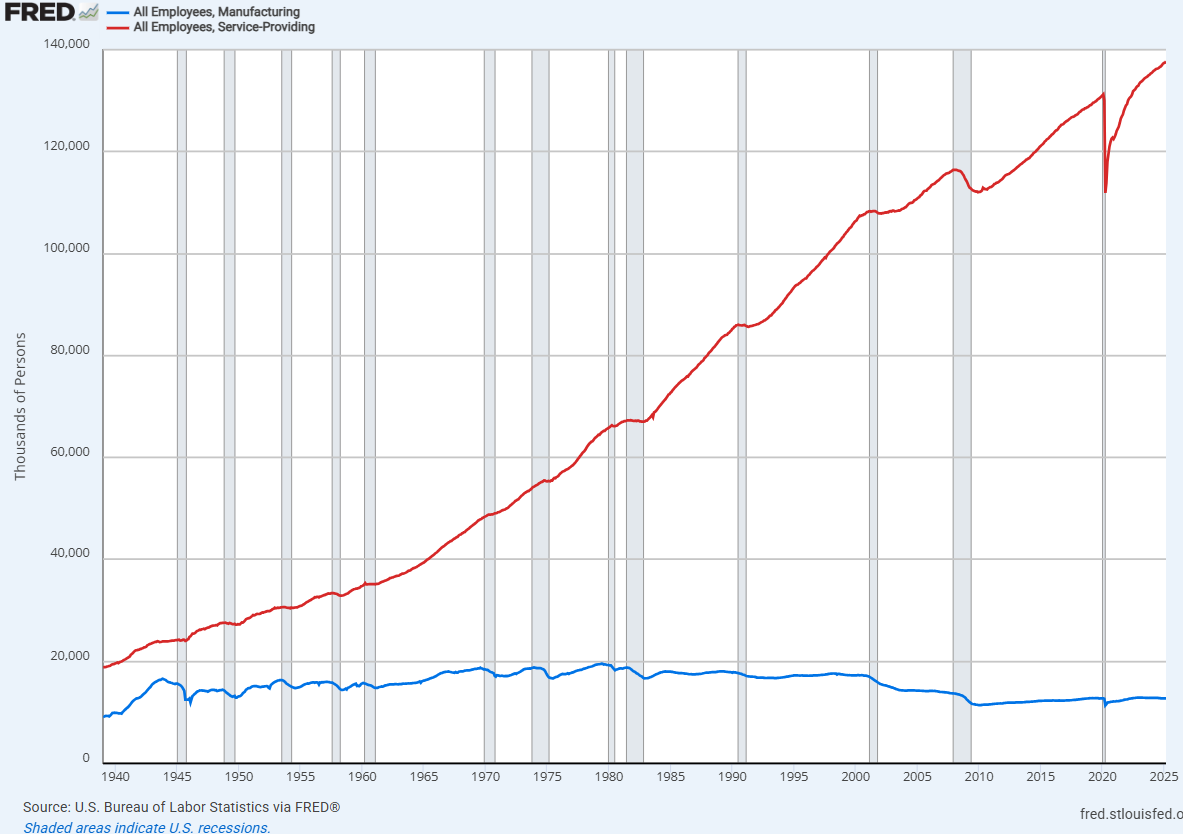Which Countries Are Experimenting With AI-Powered Weapons?
If the idea of artificial intelligence stealing your art, your writing, your photos of your face and family, or your personal information to create entirely fake personas and disappointing “art” doesn’t scare you, then using that same technology to hunt down people and kill them definitely should. Yet, with all the drawbacks and unknown variables […] The post Which Countries Are Experimenting With AI-Powered Weapons? appeared first on 24/7 Wall St..

If the idea of artificial intelligence stealing your art, your writing, your photos of your face and family, or your personal information to create entirely fake personas and disappointing “art” doesn’t scare you, then using that same technology to hunt down people and kill them definitely should.
Key Points
-
Artificial intelligence is already being used to track, monitor, and kill people around the world, including in the U.S. and in Israel’s genocide in Gaza.
-
Experts say that we are in the middle of an AI arms race between China and the United States as they struggle for world power.
-
4 million Americans are set to retire this year. If you want to join them, click here now to see if you’re behind, or ahead. It only takes a minute. (Sponsor)
Yet, with all the drawbacks and unknown variables with artificial intelligence, governments around the world are dumping billions of dollars into developing artificial intelligence to do just that. But which countries are already using them, what weapons are being used by AI, and what is next?
The Military Use of Artificial Intelligence

Total worldwide spending on AI-powered weapons passed $7.5 billion in 2015 and has continued to grow quickly in the years since. The arms race and political competition between China and the U.S. has motivated both countries and their geopolitical allies to invest heavily into AI technology, believing it will make the difference in any future conflict.
Technology companies that have invested billions of dollars into developing their AI systems have a huge financial incentive to persuade governments to integrate AI into weapons manufacturing and war operations. Some of the largest technology companies in the U.S. have made concerted and public efforts to get the U.S. to use their AI technology for everything from target acquisition, mass surveillance of U.S. citizens, and killing enemy combatants.
Existing conflicts around the world (such as in Iraq, Israel, Ukraine, and Syria) have been used as testing grounds for AI weapons, with Israel, Russia, Ukraine, the U.S., India, and other countries taking the opportunity to see how their weapons operate in real conditions. AI weapons are already operating on their own and killing soldiers and civilians on a regular basis, and all evidence points to it only increasing in the future.
China

China became the leading developer of artificial intelligence research during the 2010s publishing more AI research papers than all the countries in the European Union combined, and having its papers cited more than all those published by the United States. More than 23% of all the researchers at the AAAI conference were Chinese.
China was the first country to question the adequacy of international law when it comes to AI-powered weapons and called for more international cooperation and regulation.
China’s current strategy in developing AI weapons is known as “intelligentized AI warfare” and extends to all aspects of modern war. In practice, this means that China sees AI weapons as an enhancement of current military systems, and not simply an opportunity to introduce new weapons that act independently. It includes AI command-and-control systems, real-time data processing, predictive analytics, supporting human-based decisions, autonomous drone swarms, cyber warfare, wingman drones, robot ground units, and optimized logistics.
Besides battlefield conflict, China is also developing AI-powered programs, software, and systems to engage in psychological operatins, behavioral analysis of its enemies, social media manipulation, enhancing human hacking efforts, automate signals intelligence operations, and develop reactionary tactics in real-time.
India

India created its Defense Artificial Intelligence Council and its Defense AI Project Agency in 2022 to handle its wide array of existing AI weapons development programs and initiatives. It has been using AI in its intelligence, reconnaissance, and surveillance systems since 2021. It has already introduced drone swarm systems near its border with China.
India has been buying AI-powered UAVs and drone swarms to use in offensive engagements and has invested millions of dollars into its own AI and robotics programs, including autonomous AI-powered combat vehicles, robotic surveillance platforms, and other technology for use at high-altitude forward outposts.
Russia

Russia’s invasion of Ukraine has seen both sides use significant amounts of AI-powered technology and weapons, with some calling the conflict a drone war. AI-powered navigation and drone swarms have noticeably improved military operations significantly for both Ukraine and Russia. AI weapons and technology are already improving the speed, efficiency, and accuracy of all military functions across the theater.
Ukraine is using AI to intercept Russian communications and extract useful information to help with military operations.
Russia has rejected any proposal that would ban lethal autonomous weapon systems and plans to use AI in all military aspects and is already using it in drone swarm technology. It also built an AI-powered robot vehicle that can identify, target, and engage enemy soldiers.
Israel

Israel has implemented extensive and powerful AI-powered weapons and technology in its ongoing genocide of the Palestinian people.
Among the most newsworthy have been Israel’s Gospel and Lavender AI target identification systems. The Lavender system creates and maintains a database of Palestinian people it identifies as targets and now has a list of tens of thousands of people. The Gospel system automatically identifies and recommends buildings that should be targeted for destruction.
These systems track people and targets even when they are among civilians, at home, or at emergency facilities. These systems have an “acceptable collateral damage” limit, which is determined by the Israeli army, and Israel has come under repeated international condemnation for setting the limit too high, ignoring the limit altogether, or setting AI to intentionally target civilians and first-aid emergency responders.
Israel uses the Harpy anti-radar drone which automatically identifies and destroys radar facilities. It also uses AI systems in ground vehicles and robotic vehicles that already have recorded numerous killings including civilians. These robots are used extensively along Israel’s border to enforce its apartheid state.
South Korea

South Korea has revealed hand-held weapons as well as the Super aEgis II machine gun that can identify, track, and engage a target as far away as four kilometers even at night. It can operate without human input. South Korea is working toward AI technology that can determine whether a human is an enemy or a friend on its own.
European Union

The European Union maintains that any AI-powered weapons must have some level of human oversight over the technology. Some countries within the EU are developing their own autonomous weapons and systems, some of which include lethal AI weapons that can operate and engage enemies on their own. For example, Germany has developed an “active protection system” that can respond to an enemy threat and kill them within milliseconds.
While there is no consensus among member nations about what to do about AI weapons or how to regulate them, some are already incorporating them into their existing militaries.
United States

The United States jumped headlong into the development of AI weapons in 2014. The U.S. believes that AI-powered weapons are “critical to US technological military superiority” and is investing billions into their development and research.
The U.S. operates the Sea Hunter autonomous warship which can navigate automatically in and out of port and operate for extended periods without any human interaction or crew. The U.S. Department of Defense requires that a human be “kept in the loop” when it comes to any AI or autonomous vehicle killing someone, but the extent to which that directive is being followed is unclear. It is unknown if this policy has been implemented at all.
The Pentagon operates Project Maven which uses AI to identify people, buildings, and objects captured by drone footage. This allows the government to identify, tag, and spy on people around the world without human interaction.
It has been revealed that the U.S. government as well as local police forces have implemented parts of this technology, as well as other AI programs to identify and track U.S. citizens based on their online activity, in-person appearances, and other information.
The post Which Countries Are Experimenting With AI-Powered Weapons? appeared first on 24/7 Wall St..




























































































































































